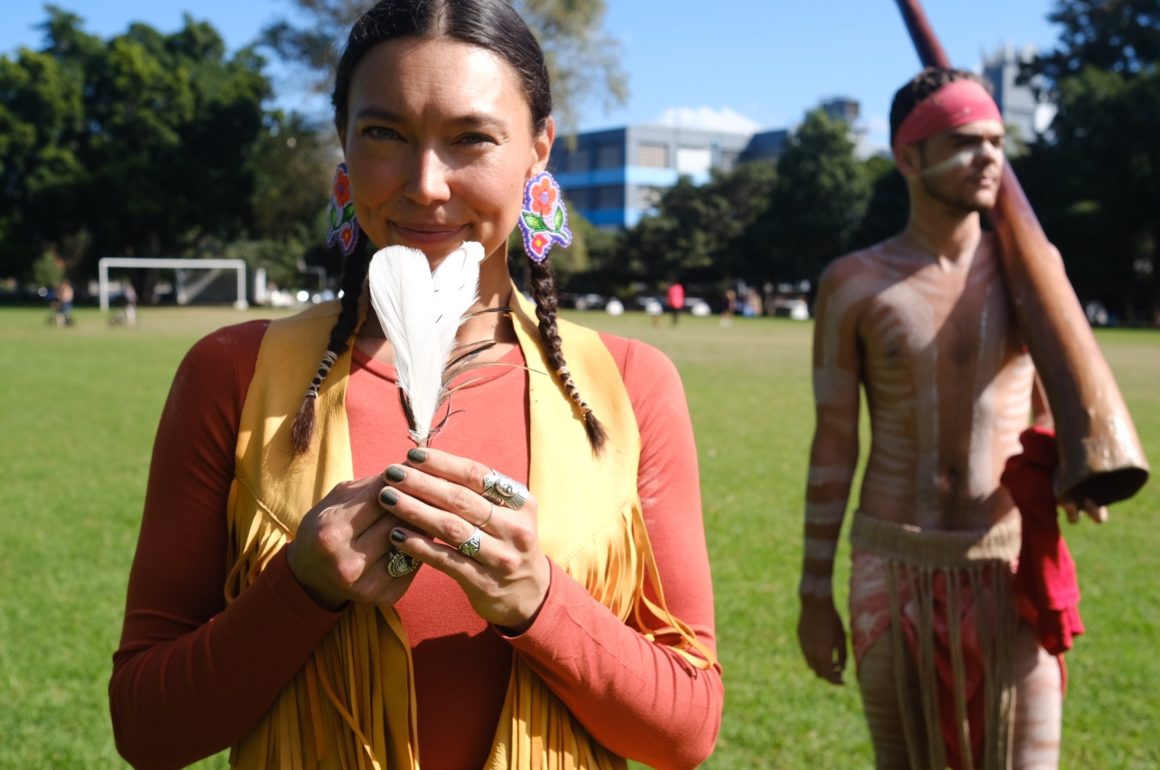
The coronavirus pandemic has been a huge blow for the travel industry, but it has also impacted many small local communities and indigenous groups who were reliant on tourism. The positive result of this is that many people are considering more responsible travel. Sustainable tourism is rightfully becoming the choice of travelers worldwide, as we move forward to a new era. It’s not simply enough to bring money into a community, it’s important that it is distributed fairly and in a way that preserves the culture and spirit in the most sustainable way possible.
Luxury Gold’s parent company, The Travel Corporation, have had sustainable travel at the forefront since 2008, when the Travel Corporation Conservation Foundation was founded, as a joint initiative among its brands. In 2012, that evolved into the TreadRight Foundation and six years later introduced the #MakeTravelMatter pledge and the three pillars of People, Wildlife and the Planet.
#MakeTravelMatter
This official pledge is a commitment to protecting our Planet, the People and Wildlife when we travel. It is making the choice to tread right as we travel, say goodbye to single use plastics, recycling, environment protection, honoring people’s homelands and treating them with respect. When experiencing wildlife, it is done in the creature’s natural habitat and not disturbing them.
As part of this commitment, TreadRight have appointed three ambassadors to help raise awareness of the inspiring projects that take place around the world and how travelers can make a difference. These three women are passionate storytellers and activists who promote meaningful travel and deeper understanding of the world around us.
Céline Cousteau became the first TreadRight Planet Ambassador in 2015. Then, in 2019, Sarain Fox joined as TreadRight People Ambassador and in 2020, Ami Vitale became the TreadRight Wildlife Ambassador. As we look at indigenous cultures, Sarain Fox amplifies the voices from those communities and encourages people to connect more with the stories when they travel.
Amplifying Indigenous Voices
Sarain Fox became involved with TreadRight through their first project in North America, the Manitobah Mukluks Storyboot School, which engages Indigenous artists and teaches the tradition of mukluk-making to Indigenous children, both preserving the tradition and offering economic opportunity to the artists, providing a platform to reach international markets. Travelers on Luxury Gold’s Indulgence in Eastern Canada tour can stop by the school at the Bata Shoe Museum in Toronto to learn more and see the wonderful artisans making moccasins and mukluks.
Born in Batchawana First Nation in Canada, Sarain is an Anishinaabe dancer, broadcaster and activist. She is known as being one of the country’s most prominent Indigenous voices and she is passionate about uplifting Indigenous people and helping them represent themselves, primarily in their communities but also on a global stage.
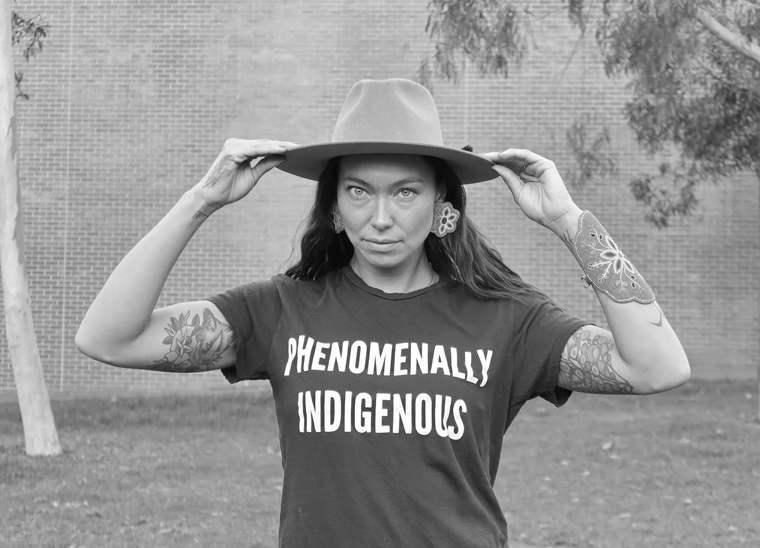
Sarain encourages travelers to respect and nurture the places they visit as well as looking for the thriving cultures that exist, that we may not be aware of. As we begin getting back to travel, we can seek out even more immersive experiences that enrich our minds and provide support for the people and places that we visit. Luxury Gold offers guests these opportunities through our Perugia, Italy, Daintree National Park in Australia, and many more.
Identifying with a Destination Through Community Projects
Sarain’s work has taken her to other TreadRight projects across the globe, where she has found that sharing her own stories as an Indigenous person have encouraged other people to share theirs. In Perugia, Sarain spent time at the Laboratorio Giuditta Brozzetti, one of the last surviving hand weaving workshops in Italy, where it is possible to watch the ladies work on traditional looms that date from the 18th and 19th century. Seeing the similarities of her own traditions and hearing the stories from the Umbrian women about the history and techniques that are being protected and passed on, Sarain says that this understanding makes it easier to identify with the narrative of the place. Visitors can admire the beauty of the work, but also hear about the rich textile tradition and how it is interwoven with the place.

Sarain has also travelled to Peru to meet another TreadRight grand recipient, Nilda Callañaupa Alvarez, the director of the Center for Traditional Textiles of Cusco. The Center aims to keep Cusqeñan textiles traditions alive and supports Indigenous weavers throughout the region. They provide educational opportunities and workshops and there is a distinct to maintain the unique ancestral styles that were in danger of dying out just 30 or 40 years ago. This has been Nilda’s work since the 1970s, and the TreadRight Foundation have given her the opportunity to expand those efforts, open a museum in Cusco and run an international event, Tinkuy: Gathering of Weavers, when people from Peru, Mexico, India and other places around the world come together to share weaving traditions and learn more about the Andean styles and techniques.
Indigenous Groups of Peru
Of the 32 million people living in Peru today, Indigenous peoples comprise 45%, and within that number, there are some 51 different groups. Many retain their links to a Pre-Columbian past, which gives the country its rich and varied heritage. By far the highest number of Indigenous groups are the highland Quechua, who have been at the forefront of agriculture in the country for over 600 years. They have drawn much attention from scientists and doctors, fascinated with how their bodies have adapted to live at such high altitudes. Spanish rule during the 16th century put strain on the Quechua way of life, but some traditions have remained.
Guests who embark on Luxury’s Gold Treasures of the Incas tour get the opportunity to discover more about these Indigenous groups through a variety of experiences on their adventure. From meeting Nilda and the weavers at the Center for Traditional Textiles of Cusco, where over 500 individuals keep 10,000-year-old techniques alive, to seeing ancient salt mining techniques used by a Quechuan family in Maras, and even having the chance to try it out for oneself.
During Treasures of the Incas, guests also witness an ancient shamanic ritual that is practised by Quechuan people throughout the year called Pachamama. An offering of natural goods is prepared by families, consisting of cocoa beans, Amazonian flowers, incense, sugar, nuts, a splash of wine and vicuña wool, which is very expensive due to its scarcity. Sometimes the blood of a baby alpaca is added to the offering. This is bound up in a package that is blessed by the elders of the community, held against participant’s foreheads and finally wrapped in a colorful blanket that has been woven by the women in the community and placed in a homemade smoking oven. This is giving back to the Mother Earth, or Pachamama, the Inca goddess. This ritual has been practised for thousands of years and its purpose is to give thanks to Mother Nature for her gifts and keep a balance between man taking from the land and giving back to her. Local people express their deepest desires in the Pachamama ceremony, and if Mother Earth is appeased then her blessings will be abundant.
The Uros People of Lake Titicaca
Another Indigenous group that Luxury Gold guests meet on their Peruvian tour is the Uros of Lake Titicaca. This tribe pre-date the Incas, who many of the Quechuan’s are descended from, and they have preserved their fascinating way of life for hundreds of years.
The floating islands that the Uros live on are made from dried Totora reeds woven together. New layers need to be added regularly to replace the ones rotting from the water. The reeds are also eaten by the islanders, and used to make tea, which heals pain and cures hangovers! Some of these islands last 30 years when they are properly maintained, which is a testament to how they are managed by the Uros.
As more of the younger generation migrate to the land in seek of work and an easier life, the Uros have found that tourism is a boost to their economy, and a crucial element in keeping their culture alive. Luxury Gold guests will join locals for a lunch of regional specialties on Amantini island, and hear more about the unique way of life that stretches back to the time of the Incas.
Connect with Indigenous People on Your Travels
Luxury Gold affords travelers the opportunity to meet indigenous people in their villages and towns through experiences that directly support employment and help preserve heritage. When you see the people that have lived in an area for millennia, it changes your perspective and makes you more conscious of the impact we are making.
When planning every journey, sustainability is at the heart of each tour, so that tourist dollars are spent in the right way and truly support projects and people that live in each place we visit.
We invite you to join us in taking the pledge to Make Travel Matter so we can travel with purpose and improve the lives of those who are underrepresented. As Sarain Fox says, “Travel like you’re about to meet the most incredible person you’ve ever met and that they’ll teach you something new. Travel with an open heart and listen.”



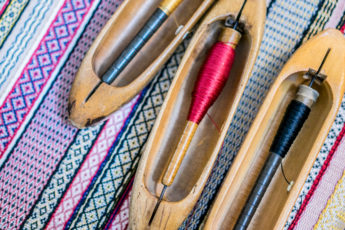
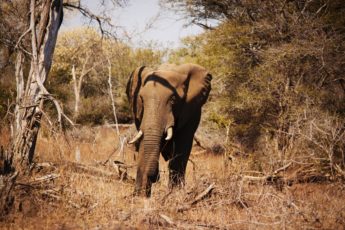

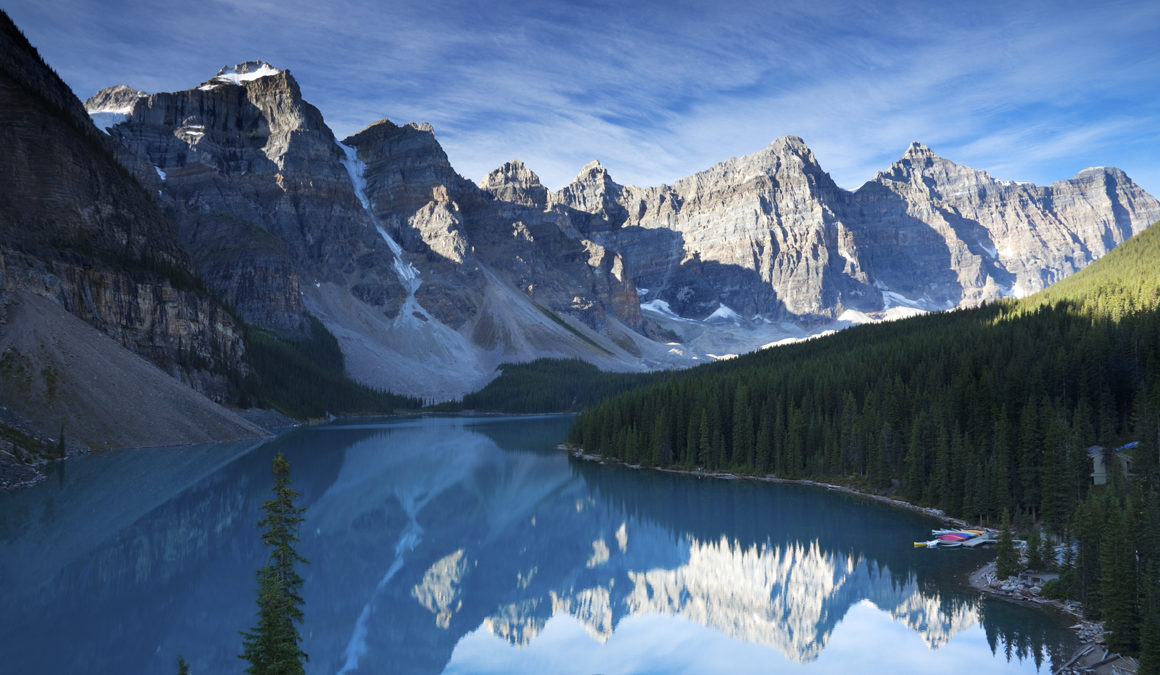
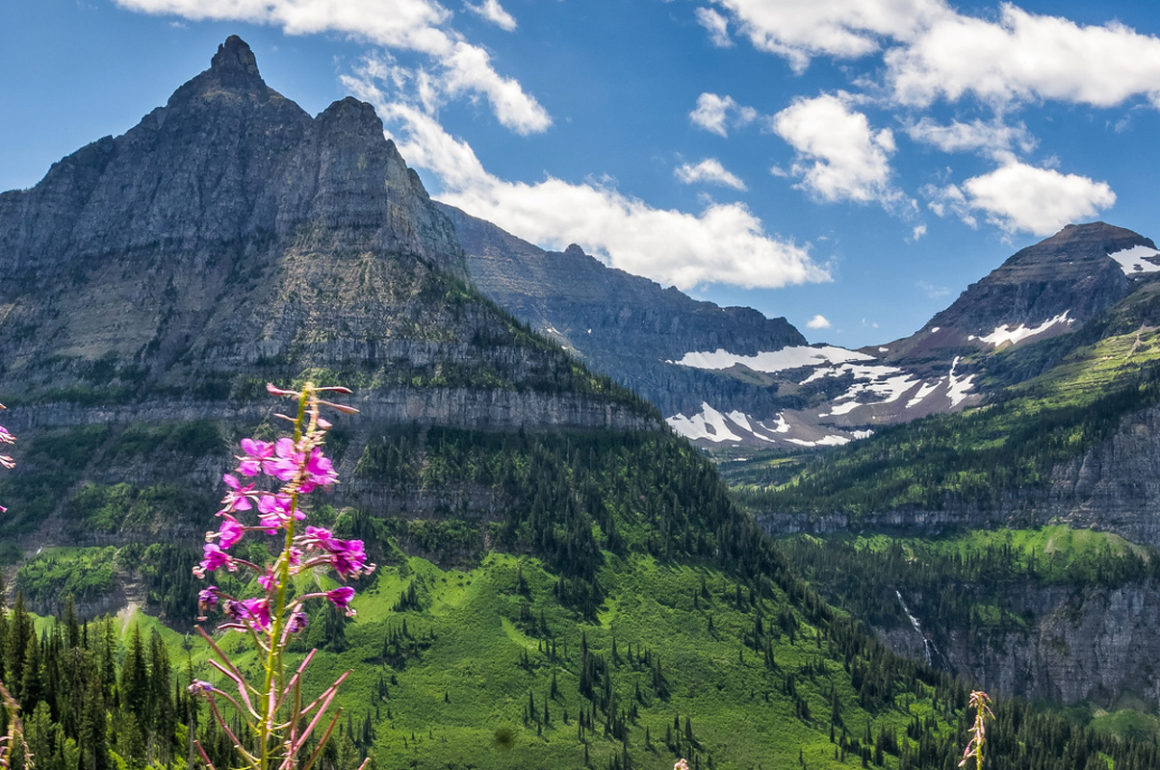

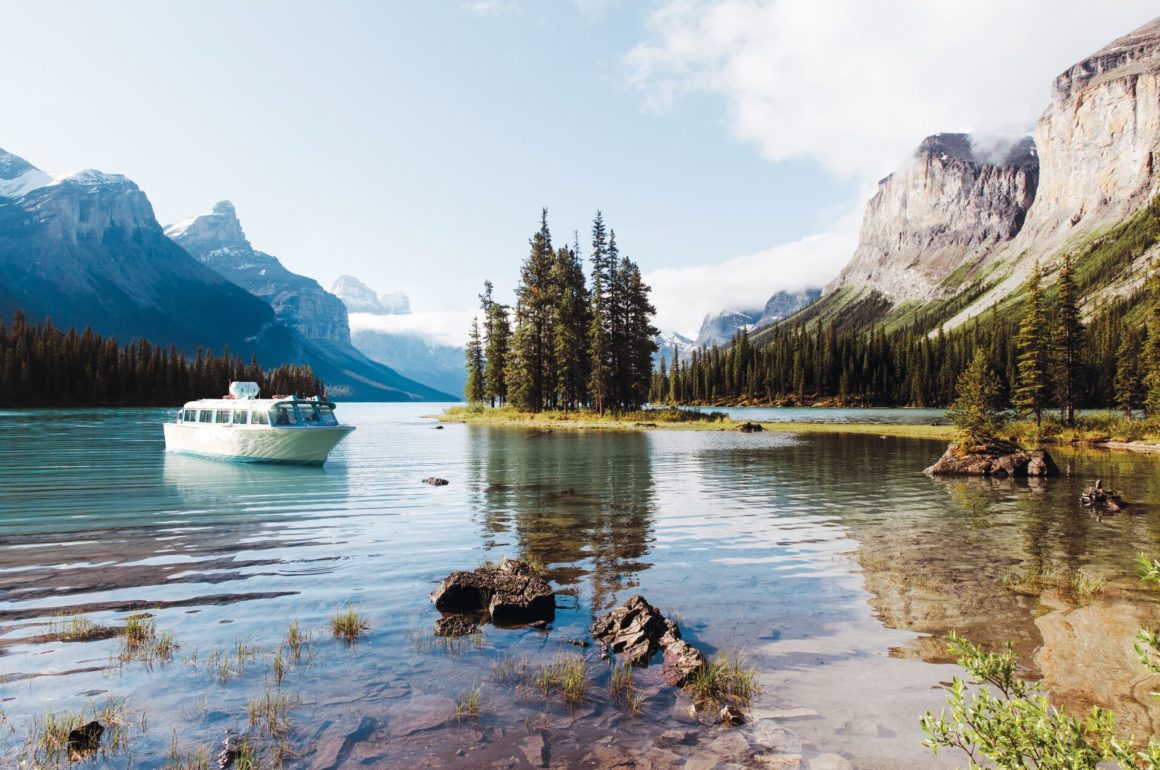
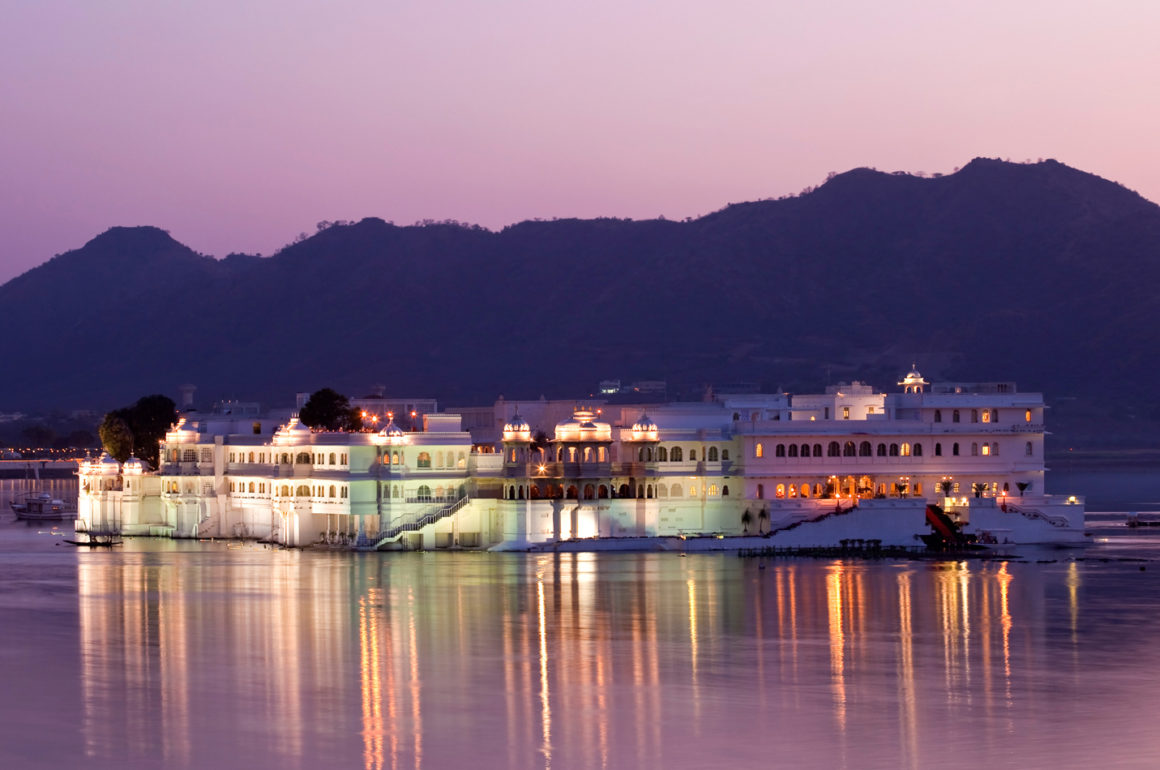
Leave a Comment